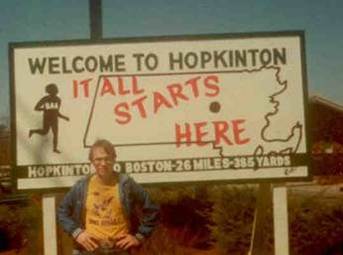
From what I could see, their return was quite welcome. Between lunch, conversation, a business update and several fun activities, employees left the meeting feeling informed and appreciated. Most important, they seemed reconnected.
Although I wasn’t tasked with taking photos, I snapped a few dozen anyway. When I reviewed them later, I realized that most of them were group shots. At first I chastised myself for not getting more individual views. Only later did I realize that a different thought process had been at work.
We all know the old saying, “You can’t see the forest for the trees.” It refers to becoming so wrapped up in the details—the “trees”—that you miss the collective value. The details are essential, of course, but they also serve an even more critical purpose.
That’s what I found my camera capturing that day. It was fun to see the smiles and animated discussions of the individual employees, yet my camera was drawn to the energy and enthusiasm of the whole. It preserved the beauty of the forest even as it preserved the unique identity of the trees.
Communicating across an organization must encompass both views—the needs and skills of the individual, and the value of the collective staff. Both must be heard, both affirmed. When leadership settles for the occasional email or newsletter as the whole of communication, rather than open and sincere dialogue, the trees begin to wither and the forest fades.
At the employee meeting, I found great joy in seeing the forest.
Organizational strength comes from a united, respected, mission-focused staff. Leaders who fail to consider the forest and the trees risk losing much.



 RSS Feed
RSS Feed
